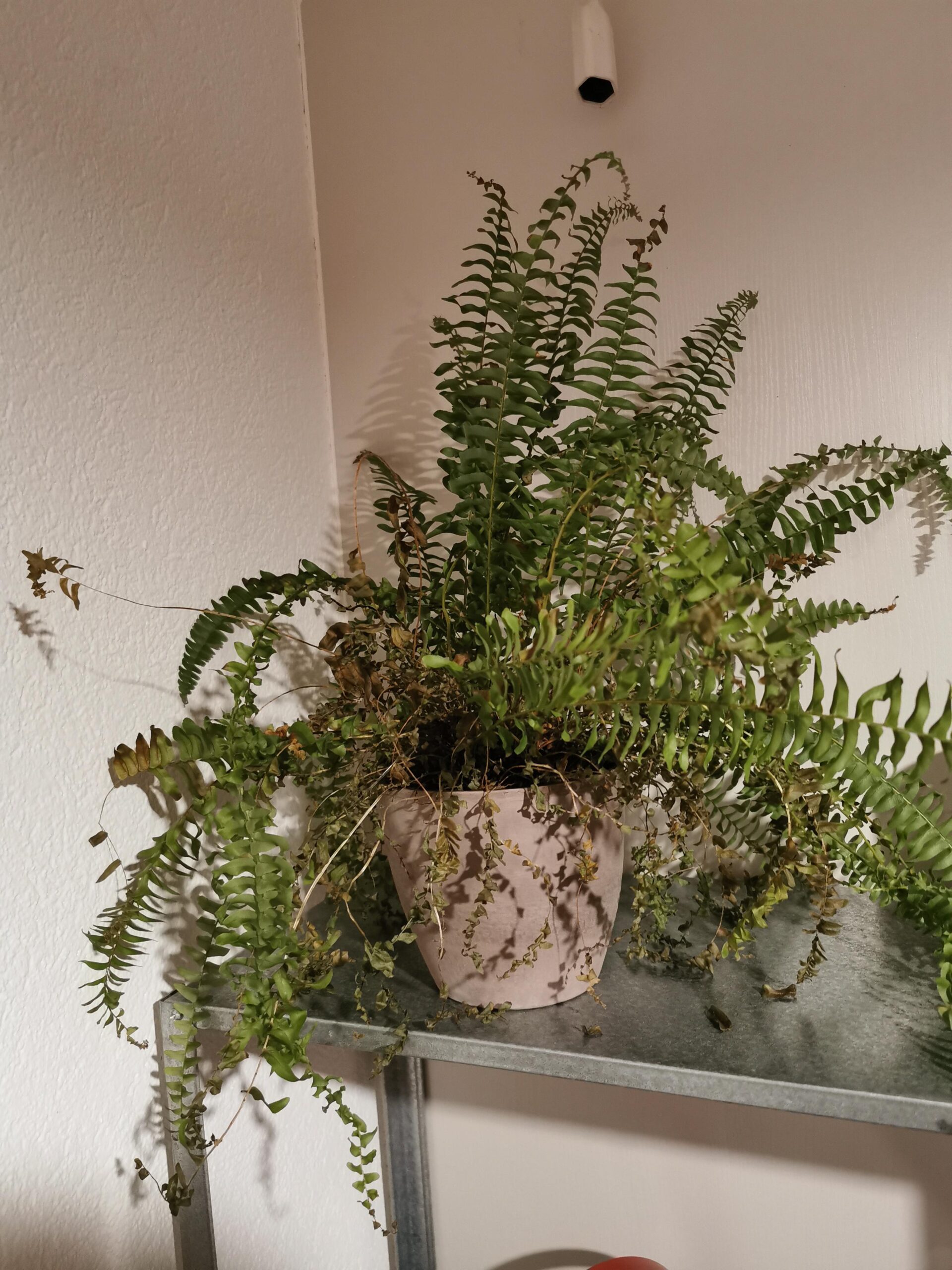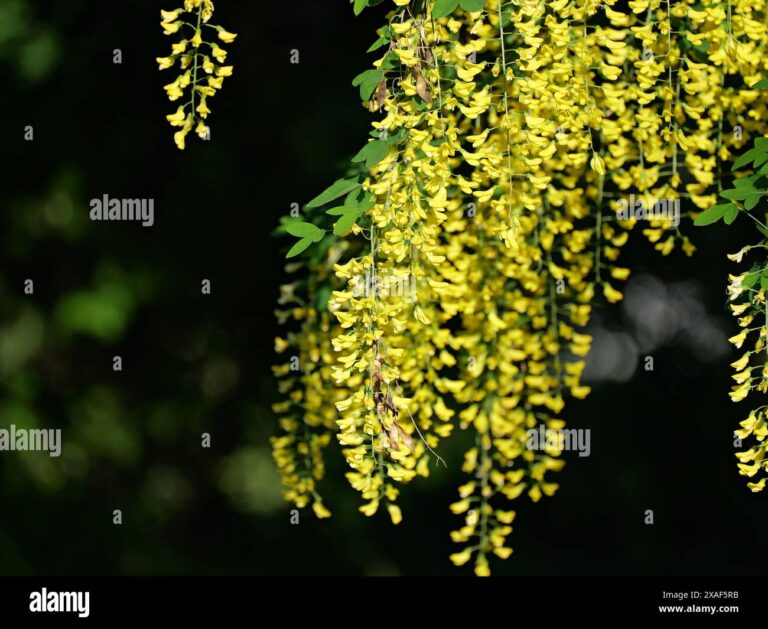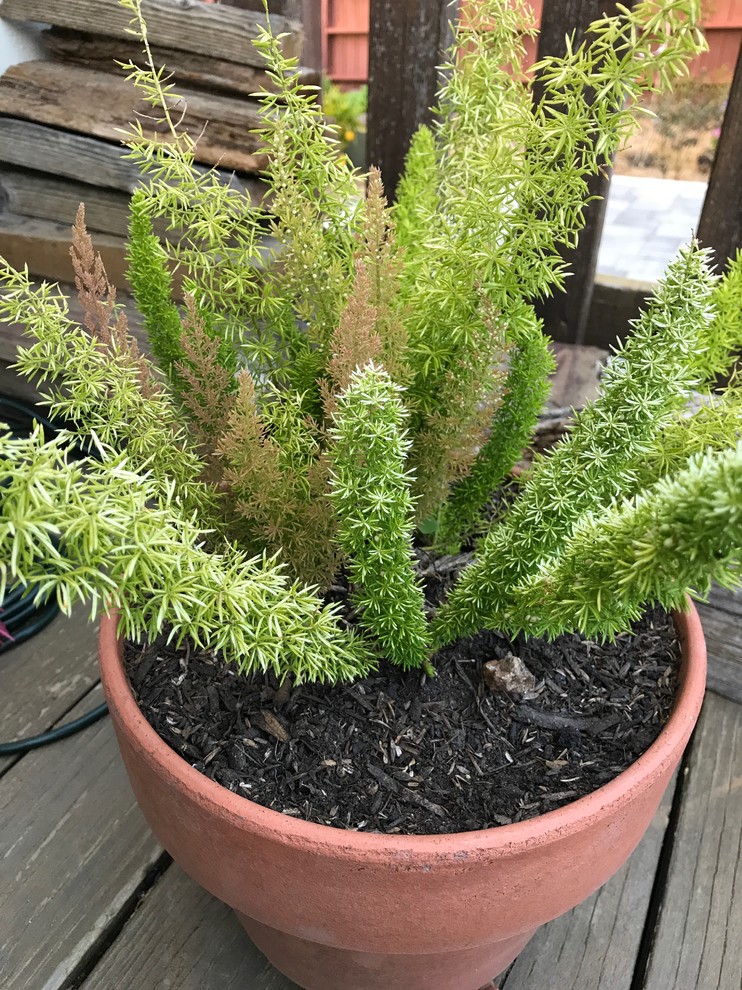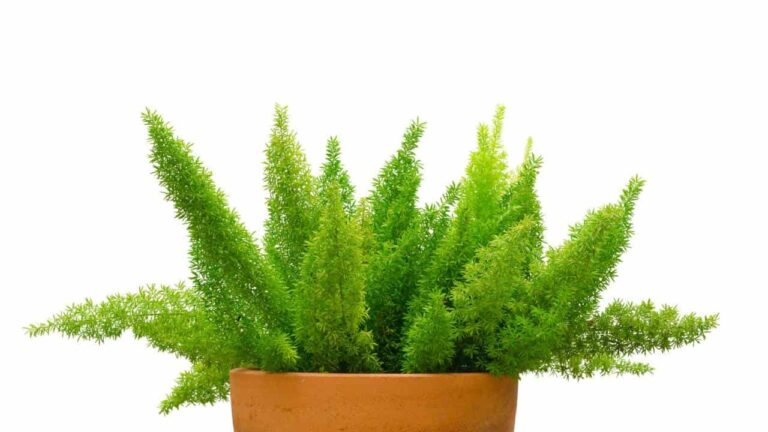Caring for Indoor Ferns
Understanding and meeting the specific requirements of indoor ferns is essential for maintaining their health and vibrancy. This section explores the fundamental needs of ferns and how to troubleshoot common issues that may arise.
Understanding Fern’s Needs
Ferns are humidity-loving plants that thrive in specific environmental conditions. To keep your fern from turning brown or showing other signs of distress, consider the following essential needs:
- Light: Ferns prefer indirect light. Thriving in the shade, they still require some periods of indirect sunlight. Gradually acclimate your ferns to more light over time. For details on light needs, visit our fern plant light requirements.
- Water: Proper watering is critical. Wilting leaves may indicate overwatering, while drooping stems suggest underwatering. Allow the soil to dry out between watering sessions to prevent root rot. Excess water should be disposed of. For more information, read our guide on fern plant watering.
- Humidity: High humidity is vital. Bathrooms or small rooms with natural light can help maintain moisture levels.
- Nutrients: Epsom salt, which contains magnesium and sulfate, can be beneficial. Mix 2 tablespoons of Epsom salt with a gallon of water and spray it on your ferns monthly.
Troubleshooting Common Issues
Even the most well-cared-for ferns may encounter various issues. Here are common problems and how to address them:
- Overwatering: Signs include wilting leaves despite rigid stems. Reduce watering and let the soil dry out between sessions.
- Dry and Brown Leaves: Often a result of low humidity or inadequate watering. Increase humidity and ensure consistent watering, but avoid waterlogging the soil.
- Dead Leaves and Stems: Remove dead foliage to encourage new growth. Snip off dead leaves and trim back stems, leaving at least two inches above the soil.
- Nutrient Deficiency: Symptoms such as yellowing leaves may indicate a lack of essential nutrients. Monthly sprays of Epsom salt solution can help replenish magnesium and sulfate.
| Common Issue | Sign | Solution |
|---|---|---|
| Overwatering | Wilting leaves, rigid stems | Reduce watering, let soil dry between sessions |
| Low humidity | Dry, brown leaves | Increase humidity, use room with natural light |
| Nutrient deficiency | Yellowing leaves | Monthly Epsom salt spray |
Understanding these needs and troubleshooting steps will help in preventing your fern plant from dying and ensure it remains a lush and healthy addition to your indoor garden. For more details on fern care, see our articles on fern plant care indoor and fern plant in pot.
Reviving a Dying Fern
When it comes to reviving a fern plant in distress, precise steps must be taken to address watering issues and enhance humidity levels.
Addressing Watering Problems
Watering is a critical aspect of fern plant care, and both overwatering and underwatering can cause the fronds to turn yellow and the plant to wilt (Stacy Lyn Harris). Maintaining an even moisture level in the soil is essential—too much moisture can lead to root rot while insufficient watering can dry out the roots and fronds.
- Proper Watering Schedule: Water the fern when the surface soil feels dry to the touch. This approach can prevent the extremes of overwatering and underwatering.
- Ensuring Drainage: It’s paramount to have drainage holes in the pots to prevent water from pooling at the roots.
- Epsom Salt Solution: Once a month, mix 2 tablespoons of Epsom salt with a gallon of water and spray the mixture on the fern. Epsom salt contains magnesium and sulfate, which are beneficial for the plant’s health (Stacy Lyn Harris).
| Issue | Solution | Frequency |
|---|---|---|
| Overwatering | Ensure pots have drainage holes | Always |
| Underwatering | Water when surface soil is dry | As needed |
| Nutrient Deficiency | Epsom salt spray | Monthly |
Enhancing Humidity Levels
Ferns thrive in humid environments akin to their natural habitat on the forest floor. Dry air can cause the fern’s leaves to become crispy and brown. Enhancing the humidity around your fern is crucial, especially in indoor settings where the air may be dry.
- Misting: Regularly misting the fern can help maintain the necessary humidity levels. A gentle spray of water on the fronds can keep them hydrated.
- Pebble Tray: Placing the fern pot on a tray filled with pebbles and water can increase humidity around the plant. The evaporation of water from the tray creates a humid microenvironment.
- Humidifier: Using a humidifier nearby can effectively maintain consistent humidity levels suitable for the fern.
| Method | Benefit | Frequency |
|---|---|---|
| Misting | Provides direct moisture to fronds | Daily |
| Pebble Tray | Creates a humid microenvironment | Continuous |
| Humidifier | Maintains overall humidity | Continuous |
By addressing watering issues and enhancing humidity levels, you can help your fern plant bounce back and restore it to its lush, green beauty. Follow these expert-recommended techniques to nurture and revive your dying fern, ensuring it thrives in your indoor garden. For more in-depth tips, visit our articles on fern plant watering and fern plant light requirements.
Preventing Fern Decline
To maintain the vibrant health of a fern plant and prevent decline, it’s essential to understand the ideal growing conditions and care requirements. Proper light, temperature, fertilization, and repotting are key factors.
Proper Light and Temperature
Ferns thrive in shaded environments but also need some indirect light during the day. For indoor ferns, acclimating them to more light involves gradually increasing their exposure to light. It’s important not to place them in direct sunlight, which can be too harsh.
To ensure the health of a fern:
- Light Requirements: Maintain a balance between shade and indirect light. Refer to our article on fern plant light requirements for detailed guidance.
- Temperature: Ferns are sensitive to temperature fluctuations. Ideal temperatures range from 60°F to 75°F. Avoid placing them near drafty windows or heating vents, which can cause leaf curl, dry spots, and crispy edges.
| Factor | Range |
|---|---|
| Light | Indirect, moderate |
| Temperature | 60°F – 75°F |
For cold tolerance specifics, check out fern plant temperature tolerance and fern plant care in winter.
Fertilizing and Repotting Considerations
Ensuring the proper nutrition and adequate space for roots to grow is crucial for the health of ferns.
Fertilizing
Regular fertilization supports healthy fern growth. Use a balanced, water-soluble fertilizer every 4-6 weeks during the growing season. Be cautious of over-fertilization, which can lead to salt buildup and harm the plant.
- Frequency: Every 4-6 weeks during active growth
- Type: Balanced, water-soluble fertilizer
For more insights on plant nutrition, visit our fern plant care guide.
Repotting
Over time, ferns outgrow their pots, leading to restricted root growth. Signs of repotting need include roots growing out of drainage holes or the plant looking cramped.
- Timing: Every 1-2 years or when root-bound
- Method: Inspect roots by gently tipping the plant out of its pot. If roots are crowded, consider moving to a larger pot. Avoid repotting during the blooming phase.
For a step-by-step guide on keeping your fern thriving, read our articles on fern plant in pot and fern plant propagation.
By adhering to these proper light, temperature, fertilization, and repotting practices, you can enjoy a lush, healthy fern plant.




